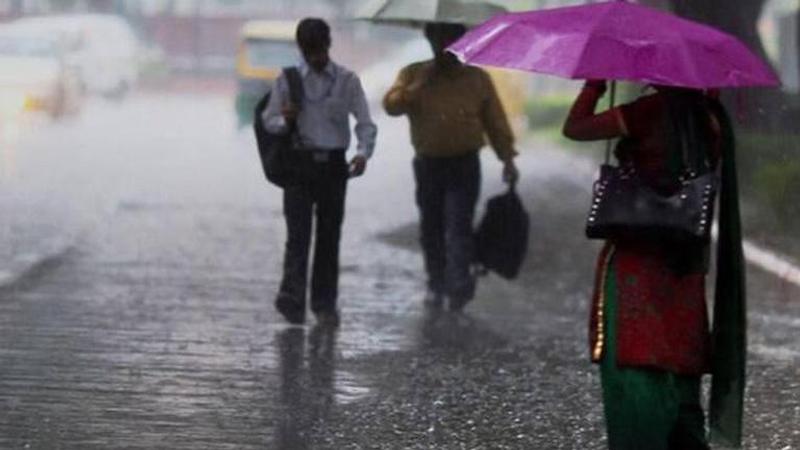Published 18:17 IST, September 30th 2020
Country received 'above normal' rainfall during 4-month monsoon: IMD
The country received above normal monsoon during the four-month rainfall season, recording the second highest precipitation in the last 30 years, the India Meteorological Department (IMD) said on Wednesday.

The country received above normal monsoon during the four-month rainfall season, recording the second highest precipitation in the last 30 years, the India Meteorological Department (IMD) said on Wednesday.The country received 109 per cent rainfall of the Long Period Average (LPA) with three of four months -- June (107 per cent), August (127 per cent) and September (105 per cent) witnessing above normal rainfall, while July recorded (90 per cent) below deficient rainfall.
"Quantitatively the 2020 monsoon seasonal rainfall during 1 June to 30 September 2020 has been 95.4 centimetres against long period average of 87.7 cm based on data of 1961-2010 (109 per cent of its Long Period Average)," R K Jenamani, scientist with the National Weather Forecasting Centre (NWFC) said.
The monsoon season in India officially starts on June 1 and lasts till September 30.The southwest monsoon delivers about 70 per cent of the country's annual rainfall, critical for the agriculture sector that accounts for about 14 per cent of India's GDP and employs more than half of the country's 1.3 billion population.
Good rains have boosted sowing of the kharif crops which farmers have sown in record 1,116.88 lakh hectares till last week as compared to 1,066.06 lakh hectares a year ago, according to the Agriculture Ministry's data.The IMD has four meteorological divisions. Of the four, the east and northeast India, central India and south India have received above normal rainfall. The northwest India division has recorded deficient rainfall.
Nineteen states and union territories have received normal rainfall this year, while nine states and union territories saw excess rainfall. Bihar, Gujarat, Meghalaya, Goa, Andhra Pradesh Telangana, Tamil Nadu, Karnataka and Lakshdweep islands have recorded above normal rainfall. Sikkim recorded large excess rainfall.However, Nagaland, Manipur, Mizoram, Tripura, Uttarakhand, Himachal Pradesh, Jammu and Kashmir have recorded deficiency. Ladakh has recorded large deficiency.
"Considering recent years since 1990, the seasonal rainfall was 110 per cent of LPA in 1994 and 2019. It is consecutively for two monsoon years, when India received good rainfall of 9 per cent above LPA or more.
Data shows similar consecutive good monsoon rainfall years in 1958 and 1959 when it was 10 per cent and 4 per cent above LPA respectively,Jenamani added.Monsoon made an onset over Kerala on June 1, its normal annual onset date. Its timely onset was also aided by cyclone Nisarga. The monsoon covered the entire country by June 26, 12 days ahead of its normal date of July 8.
The withdrawal was also late. It withdrew from west Rajasthan and parts of Punjab on September 28, 11 days after its normal onset date. One of the main features of the monsoon was the rainfall in August. The month saw five low pressure areas (cyclonic circulations) that brought large amount of rainfall over central India.
Total number of low pressure days was 28 against normal of about 15 in August.
It caused 2-3 spells of riverine floods over Odisha, Telangana, Madhya Pradesh, south Gujarat and south Rajasthan. As a result, it was a record rainfall in August 2020, when all India rainfall was 127 per cent of LPA. It is highest in last 44 years, after August 1976 (128.4 per cent) of LPA. It is also fourth highest in last 120 years.
(Image Credits:PTI)
(This story has not been edited by www.republicworld.com and is auto-generated from a syndicated feed.)
Updated 18:17 IST, September 30th 2020




